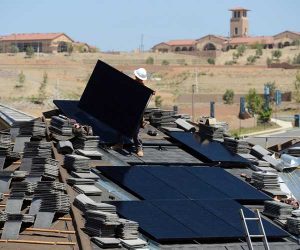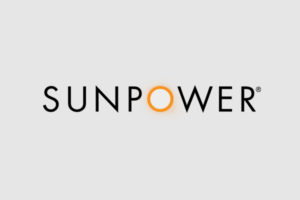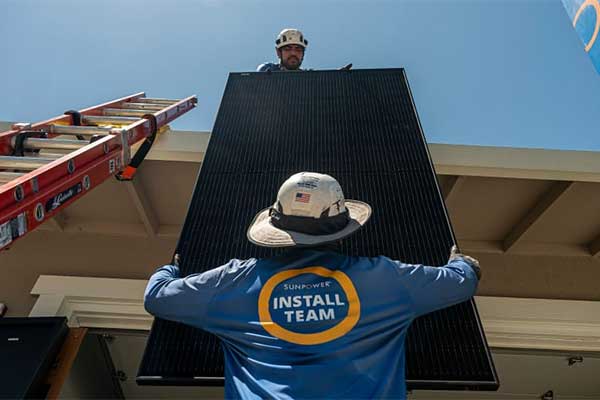- SunPower, once a leading name in rooftop solar installation, has filed for bankruptcy amid high interest rates and allegations of financial misconduct.
- The company's stock has plummeted nearly 90% this year, leading to a major restructuring effort.
- Can SunPower's struggles offer insights into the broader challenges faced by the solar industry today?
Prominent rooftop solar installer SunPower — has filed for Chapter 11 bankruptcy after enduring financial difficulties exacerbated by high interest rates and allegations of misconduct in financial reporting.
This move marks a significant downturn for the company, whose stock has plummeted nearly 90% this year, with shares dropping 32% to $0.55 per share on Tuesday.
In its bankruptcy filing with the U.S. Bankruptcy Court for the District of Delaware, SunPower reported assets and liabilities ranging between $1 billion and $10 billion. TotalEnergies, a major stakeholder, holds a significant portion of the company.
The bankruptcy filing comes as the company plans to sell its Blue Raven Solar and new homes businesses, along with its non-installing dealer network, to Complete Solaria for $45 million, pending court approval. SunPower is aiming for court approval by mid-September and intends to sell its remaining assets through the bankruptcy process.

High atop a new house in KB Home’s Terramore development in Riverside County, a SunPower worker readies another solar panel for installation (Will Lester- The Press-Enterprise/SCNG)
The residential solar sector has faced challenges due to high interest rates, which have dampened demand and left companies with excess inventory.
However, SunPower’s troubles are further compounded by allegations of misconduct.
The U.S. Securities and Exchange Commission (SEC) subpoenaed SunPower in February, seeking documents related to revenue recognition practices in its 2023 quarterly reports. The company’s independent accountant, Ernst & Young, resigned in June, expressing unwillingness to associate with SunPower’s financial statements due to alleged management misconduct.
SunPower’s financial woes became more pronounced in December when it breached a credit agreement and issued a warning about “substantial doubt” regarding its ability to continue operations. The company’s financial instability was further highlighted when it halted new leases, product shipments, and installations, causing its stock to drop below $1 in July.
Market Context

SunPower Corporation is an American energy company that designs and manufactures crystalline silicon photovoltaic cells and solar panels based on an all-back-contact solar cell invented at Stanford University. Headquartered in Silicon Valley, SunPower has dedicated, customer-focused employees in Africa, Asia, Australia, Europe, and North and South America.
The solar industry has experienced significant growth over the past decade, driven by declining technology costs, government incentives, and a growing emphasis on renewable energy.
However, the sector faces challenges due to economic fluctuations and interest rate hikes, which impact consumer affordability and investment in solar projects.
Despite these hurdles, the solar industry remains a critical component of the global transition to renewable energy. Companies in the sector must navigate economic pressures and regulatory scrutiny while innovating to remain competitive.
What next?
SunPower’s bankruptcy filing underscores the volatility within the solar industry, particularly in the residential sector.
While the company’s financial mismanagement contributed to its downfall, the broader market conditions have also played a role. As SunPower restructures and sells off its assets, it serves as a cautionary tale for other solar companies navigating the challenges of economic uncertainty and regulatory oversight.
Moving forward, industry players must prioritize transparency, financial integrity, and strategic adaptability to sustain growth and contribute to the global clean energy transition.












Comments